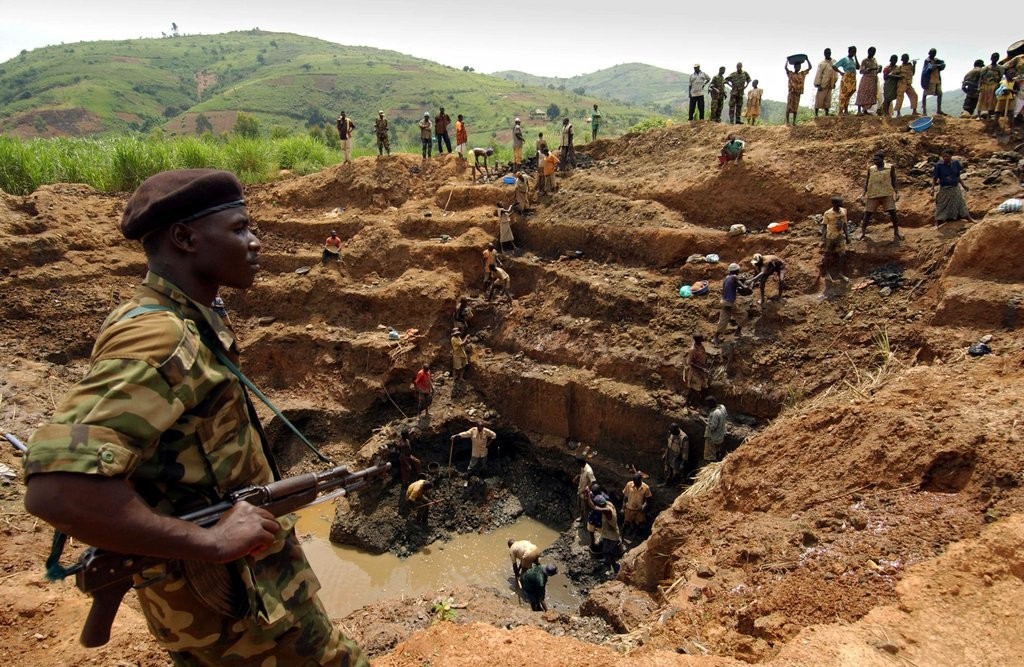
Nemesis International on Thursday unveiled a 313 carat diamond that has been certified as the largest D colour polished stone in history.
The emerald shape, VVS1 clarity diamond, known as Constellation 1, is one of eight stones that make up a collection manufactured from the 813 carat Constellation rough, which Nemesis bought in partnership with Swiss jeweler de Grisogono for $63.1 million in 2016. At $77,613 per carat, the stone still ranks as the most expensive rough diamond ever sold.
Tom Moses, executive vice president and chief laboratory and research officer at the Gemological Institute of America, confirmed with Rapaport News that the stone was the largest graded D colour diamond on record.
However, Nemesis has no immediate plans to sell the diamonds, CEO Konema Mwenenge told Rapaport News on the sidelines of the Dubai Diamond Conference. “We want to showcase this as the work of art that it is,” he stressed. “Diamonds are not just a commodity and this stone is impossible to value. We’re focused on building its legacy.”
The company is considering a roadshow to display the collection around the world at museums and other platforms. “We want to keep them as a family from the same rough,” Mwenenge added. The eight stones vary in size and shape, and range in clarity from flawless to internally flawless and VVS. The second largest stone in the family is a 102 carat diamond.
The diamonds will also be presented in their full polished form for now, but will eventually be mounted into jewelry. That contrasts with the company’s last major project, the Art of de Grisogono, an emerald cut, 163 carat, D flawless diamond, cut and polished in New York from a 404 carat rough diamond. That piece was sold as a necklace that could also transform into a bracelet, fetching $33.7 million at a Christie’s auction.
Source: DCLA




